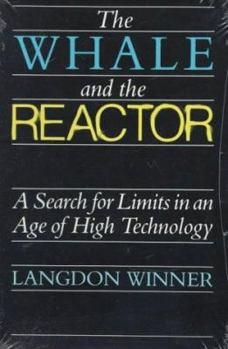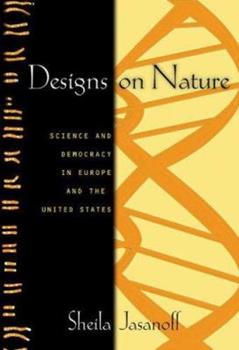Alford, Pamela, and Johnny Nix. 2006. Over the Open Fire. Austin: Greenleaf Book Group LLC.
Review by Michael Beach
This book is a bit of a mix. On one hand it’s somewhat of a how-to on cast iron cooking over an open wood fire. In that sense it offers recipes and tips on pits and fire building. There are also sections on seasoning pans and Dutch ovens. The recipes span the gambit for every kind of meal and many different kinds of food. That is essentially what I assumed the book to be about. On the other hand, there is an element of advertisement to the offering. Johnny Nix is shown as a bit of a celebrity chef in campfire cooking and his name is on the tools used for the cooking, not only the pans, but also the accessories. He has a turning spit for rotisserie cooking. He shows several forms of frames for hanging the Dutch ovens over the fire. He displays several grills that can be cooked on directly or a frying pan can be placed on them.
I guess I don’t mind the mix too much, but it makes me wonder if this is a cooking book showing helpful tools, or a cooking tool advertisement that uses campfire foods to get the reader’s attention. The sad part is, either way I think I’ll be doing more campfire cooking this summer. I guess whichever the authors intended… it worked.










 RSS Feed
RSS Feed